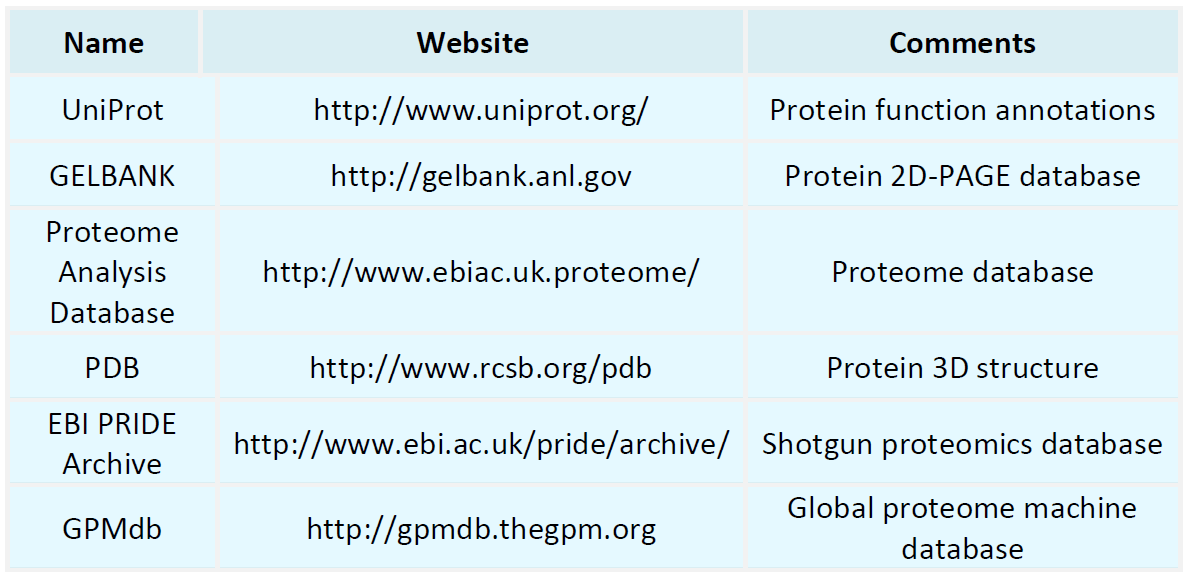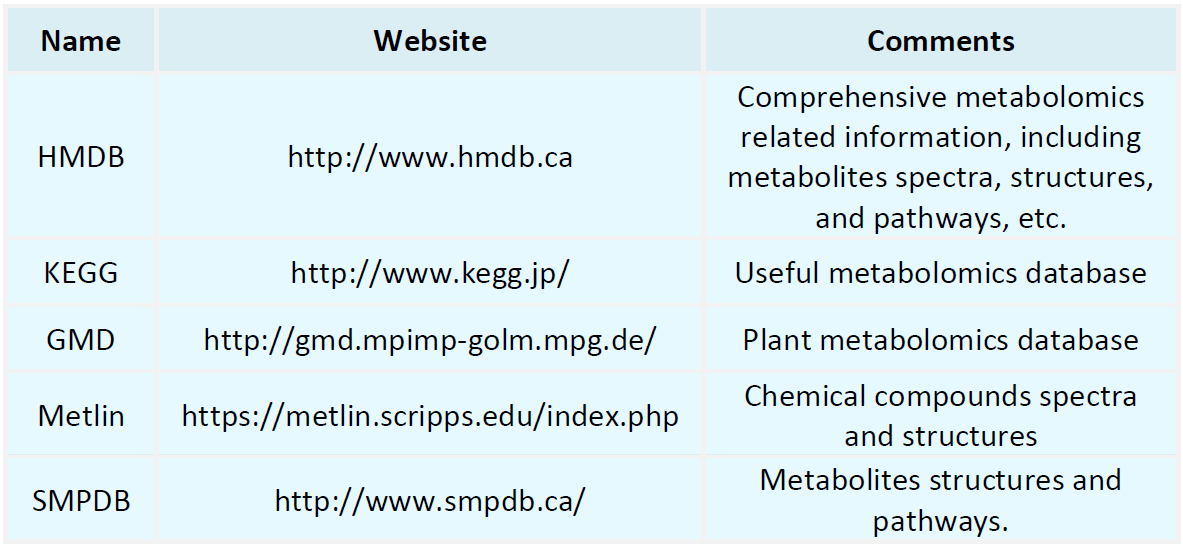Resources
Proteomics Databases

Metabolomics Databases

-
Unbiased proteomics is a field of modern life sciences that aims to comprehensively and systematically analyze all proteins present in a sample, both in terms of type and quantity. Unlike traditional targeted proteomics, which focuses on a predefined set of proteins, unbiased proteomics utilizes high-throughput mass spectrometry to detect all proteins in a sample without prior selection. This approach provides a comprehensive overview of the protein landscape, facilitates the discovery of novel biomarkers..
-
TMT 18plex is a high-throughput protein quantification technique based on tandem mass tag (TMT) technology, enabling the simultaneous relative quantification of up to 18 samples within a single experiment. TMT technology employs a chemical labeling strategy in which isotope-coded tags are covalently attached to the N-terminus or lysine residues of peptides, facilitating the distinction and quantification of proteins from different samples during mass spectrometry analysis. The introduction of TMT 18plex....
-
• Protein Co-Immunoprecipitation
Protein co-immunoprecipitation (Co-immunoprecipitation, Co-IP) is a classical biochemical technique used to study protein-protein interactions. This method is based on the principle of antigen-antibody specific binding, using specific antibodies to enrich the target protein while simultaneously capturing its interacting proteins, thereby identifying the composition of protein complexes. Protein co-immunoprecipitation enables the study of direct or indirect interactions between proteins under near-physio....
-
SP3 (Single-Pot Solid-Phase Enhanced Sample Preparation) proteomics is an efficient, streamlined, and highly automated protein sample preparation technique that has gained widespread adoption in mass spectrometry-based proteomics. Conventional proteomic workflows typically require multiple complex steps, including protein extraction, denaturation, reduction, alkylation, enzymatic digestion, and peptide purification. These processes are not only labor-intensive and time-consuming but also prone to protein...
-
Biomarker proteomics involves the application of proteomic technologies to screen, identify, and validate disease-related biomarkers, facilitating disease diagnosis, prognosis assessment, and therapeutic monitoring. Biomarkers are molecular indicators of specific biological processes under physiological or pathological conditions, widely utilized in oncology, cardiovascular diseases, neurodegenerative disorders, and autoimmune diseases. As primary mediators of cellular functions, proteins exhibit ........
-
The affinity pull-down assay is a biochemical technique that relies on specific molecular interactions. This method employs a known ligand (such as an antibody, small molecule, protein, or nucleic acid) immobilized on a solid-phase carrier (e.g., agarose or magnetic beads) to selectively bind the target protein in a sample. Following a series of stringent washing steps to remove non-specifically bound molecules, the target protein is ultimately eluted and enriched. Subsequent analysis using mass .......
-
Affinity purification-mass spectrometry (AP-MS) protein interaction analysis is a widely used proteomics technique for investigating intracellular protein interaction networks. This method integrates affinity purification with mass spectrometry analysis to selectively isolate target proteins and their interacting partners using affinity-based capture, followed by identification and quantification through high-resolution mass spectrometry. This approach enables a systematic characterization of protein ......
-
• Disease Target Identification
Disease target identification is a critical process in elucidating disease pathogenesis and designing novel therapeutic strategies. Disease targets are commonly defined as biomolecules that play a pivotal role in disease progression, including proteins, RNA, and gene mutations, which can serve as direct points of drug intervention. Systematic screening and validation of disease-associated targets provide a scientific foundation for drug development, enhancing therapeutic accuracy and effectiveness. Beyond..
-
The pull-down assay is a biochemical technique used to study protein-protein interactions and is widely utilized in molecular biology, cell biology, and biomedical research. This method relies on the specific binding between an affinity tag on a fusion protein and its corresponding immobilized ligand. To perform the assay, researchers first prepare a bait protein tagged with a specific affinity label and immobilize it on a solid-phase affinity matrix. Common affinity tag systems include GST (Glutathione....
-
• Drug Target Identification Analysis
Drug target identification analysis is the process of identifying key molecules that specifically bind to drugs and regulate biological functions using biotechnological and computational approaches. Drug targets are predominantly proteins, including receptors, enzymes, ion channels, and transcription factors, which are involved in disease onset and progression. By identifying drug targets, researchers can pinpoint disease-associated proteins and assess their potential as therapeutic targets, thereby .......
How to order?







